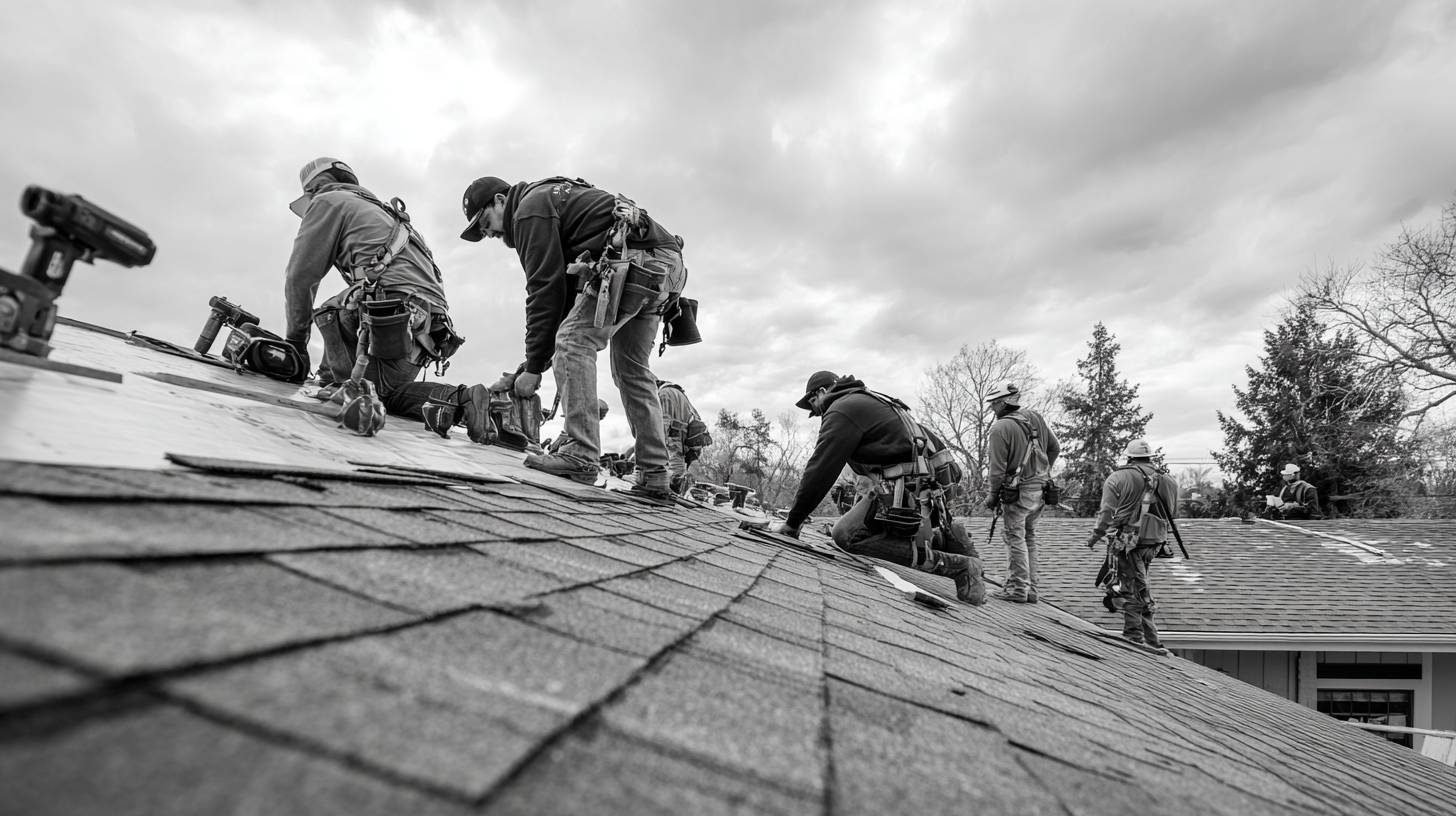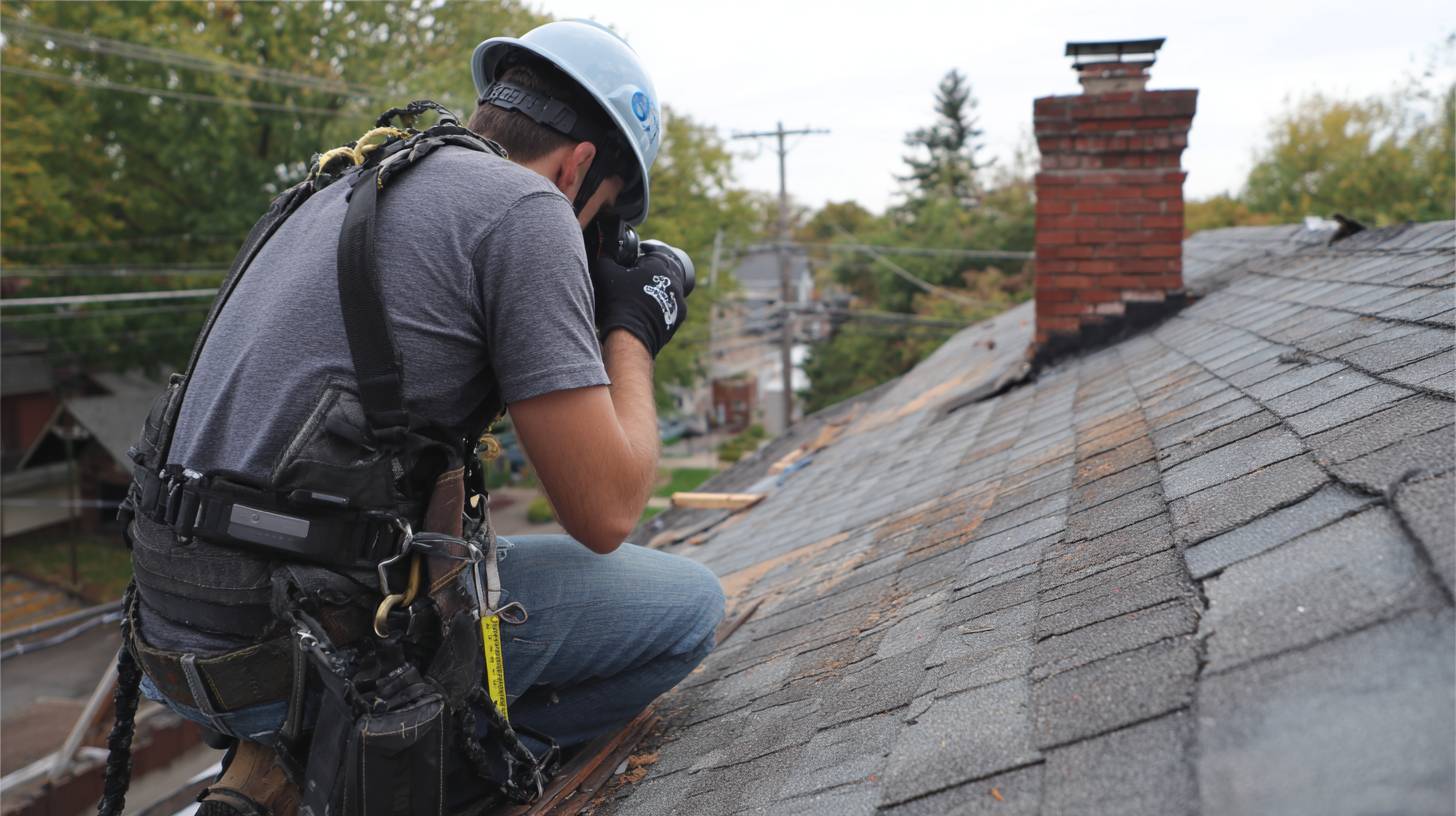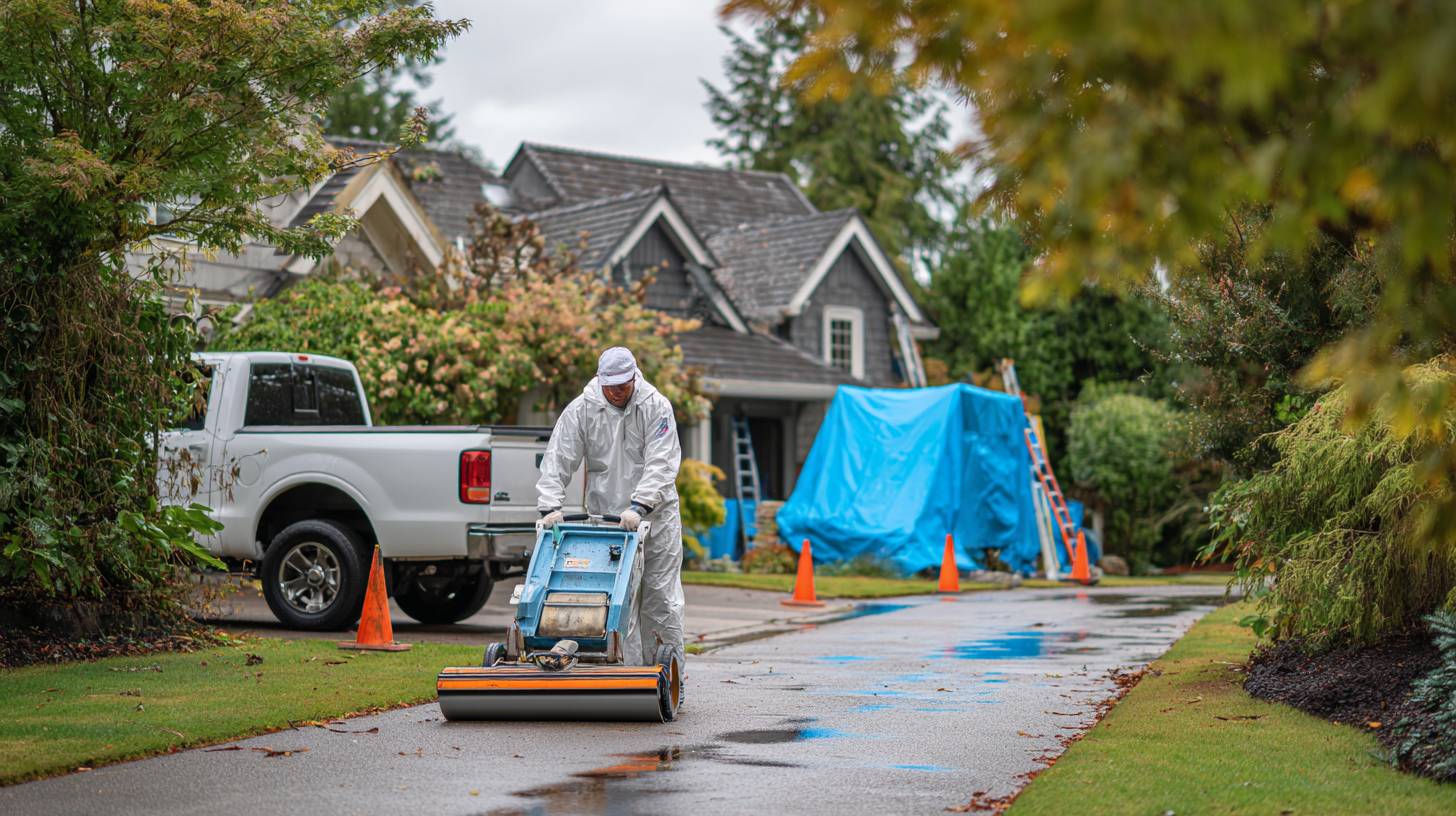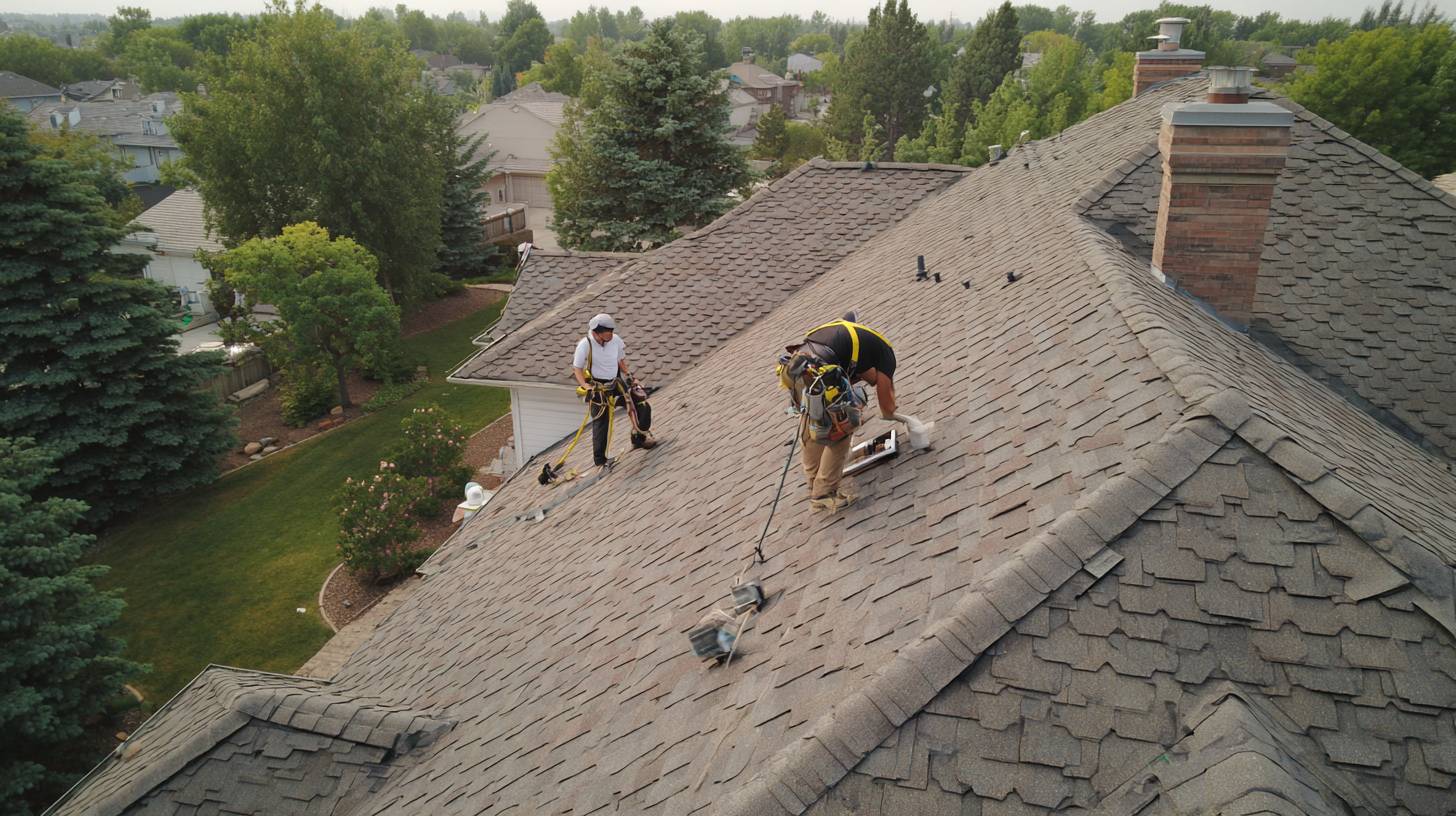Table of Contents [hide]
Homeowners search for local roofing companies because a roof is too important to price by guesswork. The right pro starts with reliable national benchmarks, then adjusts for your roof’s size, complexity, climate, and code so your roof replacement or roof repair quote is defensible, not a calculator spit-out.
This guide shows how local roofing contractors build transparent estimates, which standards must appear on your proposal, and what recent national costs look like for replacement, repair, and roof construction.
Local Roofing Companies: How to Turn National Benchmarks into a Local Price
Use national baselines, then localize. In 2024, average installed costs were about $30,680 for asphalt-shingle replacement and $49,928 for metal replacement across U.S. markets, according to The Journal of Light Construction. Contractors adjust those figures to your state by accounting for roof area, tear-off layers, ventilation fixes, access, and crew rates.
What a Transparent Estimate Should Include
Insist on line items: tear-off/disposal, deck repair allowance, underlayments, flashing/penetrations, balanced ventilation, steep/complex charges, protection, cleanup, and exact products by square. Clear scope (repair vs. replacement) and documentation protect manufacturer warranties and customer satisfaction.
Look for all of these when requesting an estimate to ensure a transparent quote that gives you everything you need to know about the project.
Localizing Cost: BLS Labor and Market Factors
Labor drives local price. The median roofer wage was $50,970 per year (around $24.50 per hour) in May 2024, and wages vary by state and metro; pros translate that into crew rates and productivity for your roof. Expect urban staging, crane time, or difficult access to add cost.
Quick planning (not a quote):
- Minor repairs (small leak, shingle swap) usually total low hundreds to low thousands based on time-and-materials at local wage rates plus overhead.
- New-construction installation is typically lower than replacement because there’s no tear-off/disposal; price still reflects crew rates, material choice, and code items.
Codes and Standards Your Proposal Must Name
Require labeled wind ratings for shingles, such as ASTM D7158 (Classes D/G/H) or ASTM D3161, as mandated by the International Residential Code R905.2.4.1. In hail regions, ask for UL 2218 impact classification (Class 4 is the highest).
In wildfire-exposed areas, verify a Class A roof assembly. For cold/marine zones, add a self-adhered ice barrier (ASTM D1970) and balanced ventilation to prevent moisture and water damage.

Material Choices That Move Price
Asphalt shingles lead in value and speed. Metal roofing, including metal shingles and metal shakes, costs more upfront but offers long service life with low roof maintenance. Clay/concrete tile is durable but may require structural checks.
In hot climates, use energy-efficient roofing metrics from the Cool Roof Rating Council (CRRC), specifically Solar Reflectance Index (SRI), because the ENERGY STAR roof label sunset on June 1, 2022.

How Local Roofing Companies Document the Roof
Before your local roofing contractor can provide a quote for you, they’ll need to do a thorough inspection of your property’s roof to give you what you need. Here’s a quick list of common procedures you need to check:
- Pre-job roof inspection photos/video
- Deck photos after tear-off
- Change orders for hidden damage
- Close-out packets with photos, invoices, and warranty registration.
You should also ask about storm damage inspections, emergency tarping, and recurring roof maintenance plans to extend service life. This will prepare your roof in case of emergencies.
Credentials That Actually Matter
Choose a local roofing business with a licensed and insured team with verifiable training. Higher credential tiers can unlock industry-leading warranties and longer workmanship coverage (e.g., a 10-Year Workmanship Warranty). Always request written terms and proof of installation details that keep warranties valid.
Residential vs. Commercial Roofing: Why Prices Diverge
Steep-slope residential roofing differs from commercial roofing on low-slope commercial roofing systems, such as TPO roofing. Expect different insulation, fastening, safety plans, and documentation, which are factors that change labor hours, staging, and cost.
Financing Options, Insurance Paperwork, and Comparing Local Quotes
Review financing options, deposits, progress draws, and lien releases up front. After severe weather, reputable teams can organize insurance paperwork without downgrading specs. Compare bids on identical scope, listed wind/hail/fire ratings, written warranties, schedule, and cleanup. Choose the local roofing business that proves value, not just price.

FAQ
How much does roof replacement cost today?
Recent national averages show around $30.7k for asphalt and around $49.9k for metal before state adjustments. Local labor, access, and scope move the final number.
What do repairs usually cost?
Because repairs are time-and-materials, totals vary by local wages and complexity. With crew rates grounded in BLS wages, small fixes often land in the low hundreds to low thousands.
Do “cool roofs” still qualify for labels?
The ENERGY STAR roof specification ended in 2022; use CRRC SRI and related metrics to compare reflective products.
How do I prevent ice dams?
Air-seal and insulate the ceiling plane, ventilate the attic correctly, and use ASTM D1970 ice barriers at eaves/valleys in cold regions.
Compare Local Roofing Companies the Smart Way
Mr. Remodel helps you use standards, true scope, and credible cost baselines to choose local roofing companies you can trust. Get like-for-like roofing contractor quotes today and work with professional roofing contractors focused on durability, safety, and value across North America.





